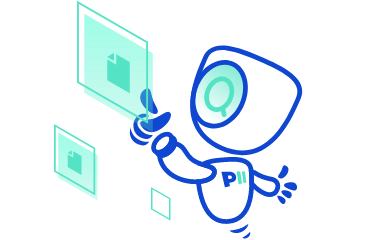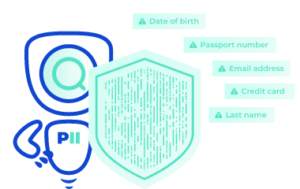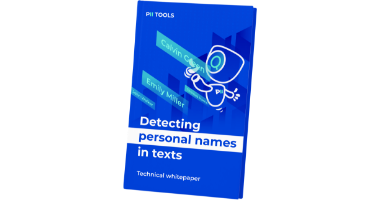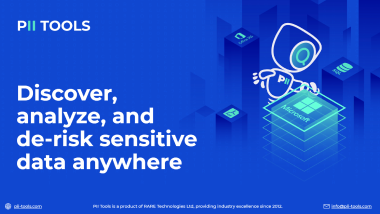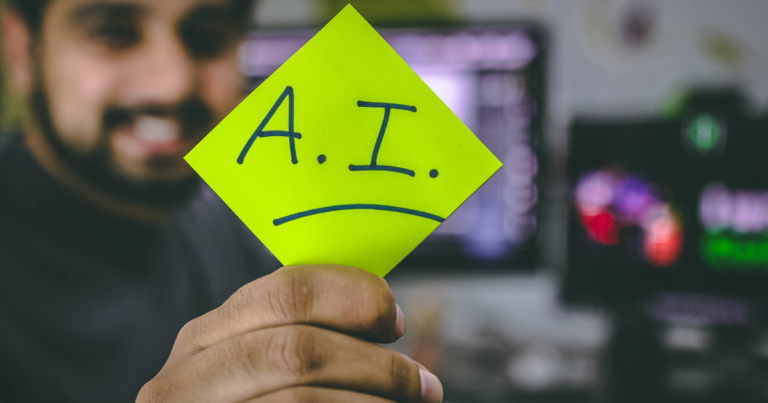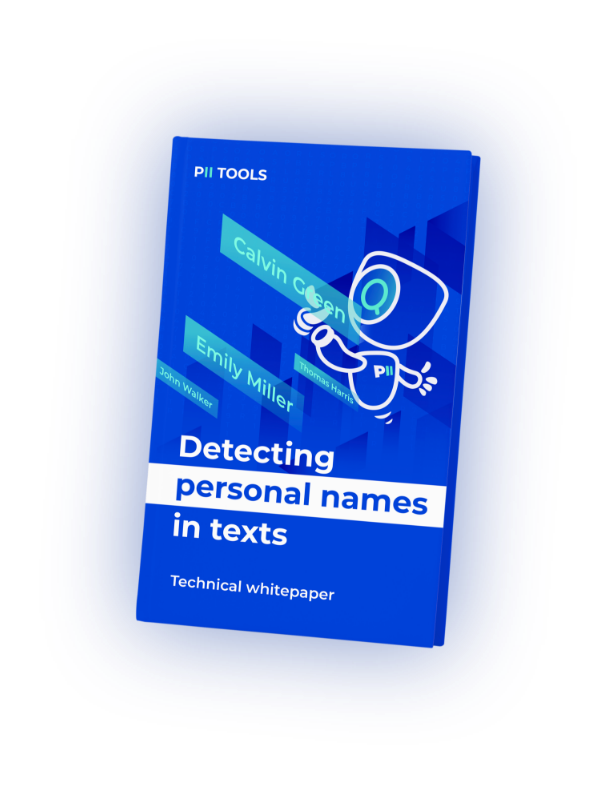Did somebody say AI? The world is currently experiencing a revolution of new and (slightly) worrying technology. With different implications in every field, how are personal data discovery and protection currently evolving?
The Revolution Is Now
Artificial intelligence, machine learning, ChatGPT, Stable Diffusion… good luck even spending five minutes online without being bombarded by these topics on every podcast, article, video, and maybe even your mom’s Facebook.
It’s safe to say we’ve got a true “digital revolution” on our hands. As more and more of our lives are spent online, users are both knowingly and unknowingly relinquishing exponential amounts of PII (Personally Identifiable Information) every day.
And that makes the job of accurately discovering and protecting their personal data more important and demanding than ever. Fortunately, advances in artificial intelligence (AI) and machine learning (ML) are here to help in many ways.
Identify, then Encrypt
One of the essential methods in which AI and ML can be applied in this area is by developing intelligent algorithms that can quickly and accurately identify personal data. These algorithms use a combination of natural language processing, image recognition, and other advanced techniques to identify and categorize all types of PII.
Once this data has been identified, it can be encrypted or otherwise protected to prevent unauthorized access. It can include techniques that automatically replace sensitive data with a placeholder value or token for processing without revealing the original information.
If you’re interested in more of the specifics, we actually took a deep dive into these various protective methods in our article Data De-Identification vs. Masking vs Redaction.
Predicting the Future
No crystal ball is needed for applying AI and ML in personal data protection. Instead, this technique involves the development of prognostic models that can identify potential security threats before they even occur.
Known as Predictive Analytics, these models can be trained to recognize patterns of suspicious activity, such as repeated attempts to access a particular account or unusual login behavior from a new device.
By detecting these patterns early, security teams can take proactive measures to prevent a breach from taking place, such as resetting passwords or temporarily blocking access to the account. It should be obvious how crucial such analytics can be to DPOs, data breach crisis teams, and cybersecurity policyholders.
Saving Lives in the Healthcare Industry
Beyond data protection, AI and ML also play an important role in personal data discovery. Let’s take the field of healthcare, for instance, where Electronic Health Records (EHRs) contain a wealth of personal health information. The only problem is that this data is often spread across multiple systems and formats, making it difficult to access and analyze.
However, healthcare providers now have access to a plethora of AI and ML options that run algorithms to automatically extract and consolidate relevant data from these disjointed sources, allowing them to make more informed decisions about patient care.
With all of this data now in the same, comprehensible location, it can be analyzed to identify patients with a higher risk of developing a particular condition based on their medical history.
That’s right, artificial intelligence and machine learning can literally assess your healthcare profile and potentially catch a life-threatening disease before it’s even recognizable on any X-ray or CAT scan. This is a tangible example of AI-assisted data discovery and protection making the leap from only guarding a user’s information online, to actually saving their life in the real world.
For Better or For Worse?
There’s no doubt about it: we’re currently experiencing a revolution of AI and ML in personal data discovery and protection, not to mention in pretty much every other field on the planet. And many people are rightly frightened by that.
While these technologies can improve our lives in countless ways, they also stand to take many things away from us. AI has the potential to phase out many jobs and creative endeavors, and when used irresponsibly, people could easily start to lose trust in anything not “human-made”.
In fact, would you believe me if I told you parts of this very article were generated using ChatGPT? If so, could you tell me which parts? Or, as long as all the information’s correct, would you even care?
These are the sorts of questions many of us will likely find ourselves asking in the coming years. It’s only when AI and ML are used cautiously and with consideration of their ethical implications that we can ensure they’re used responsibly and to the benefit of us all. And there are few areas where this rings more true than in data discovery and protection.
By leveraging these advanced technologies, we can more effectively than ever before identify and safeguard personal data. So, let’s all do our part to steer this revolution away from easier shortcuts and timesavers, and more toward a level of cybersecurity that can finally keep everyone 100% protected.
See How You Can Use AI For Rapid and Accurate Data Discovery with the PII Tools Demo!
